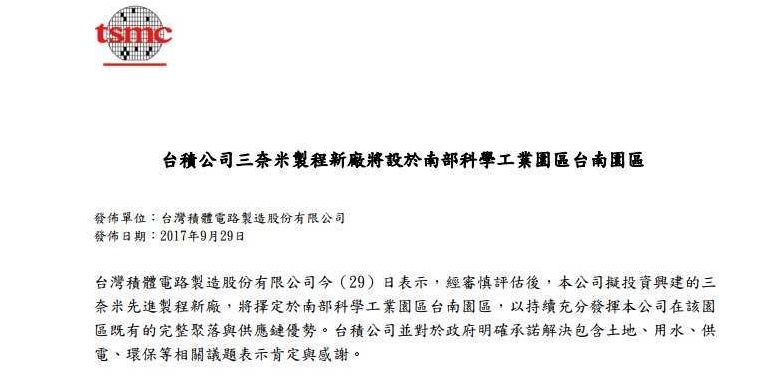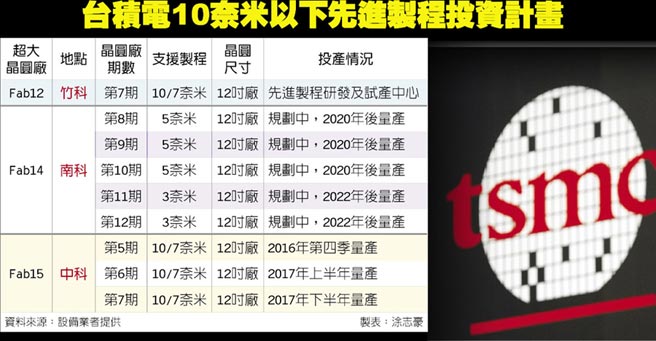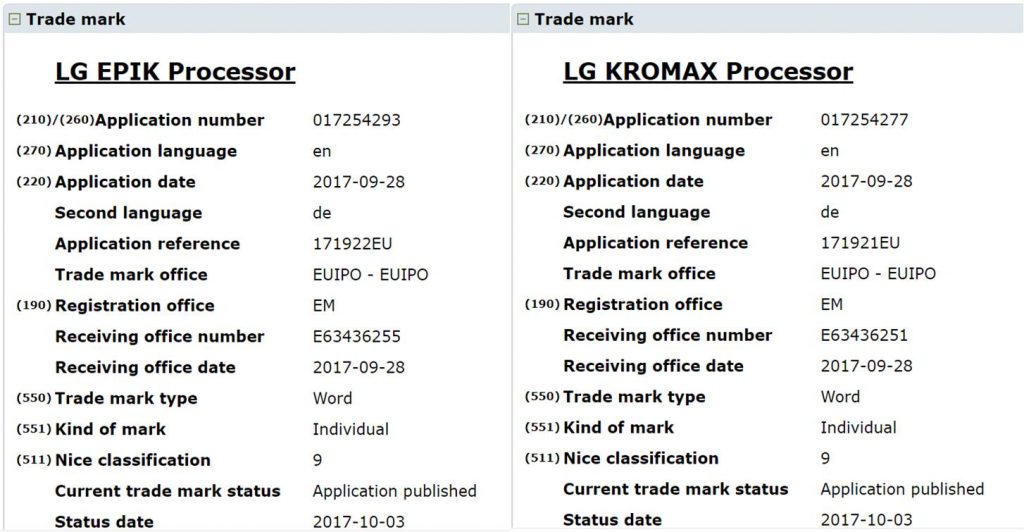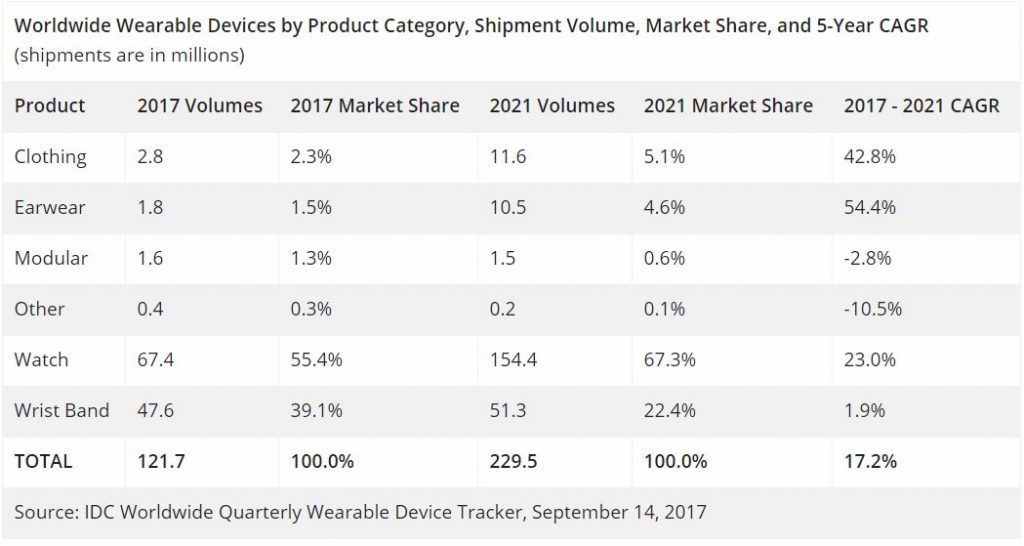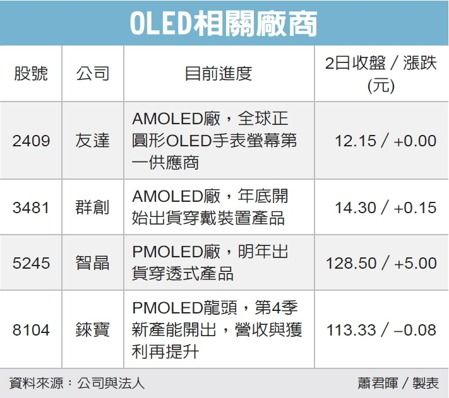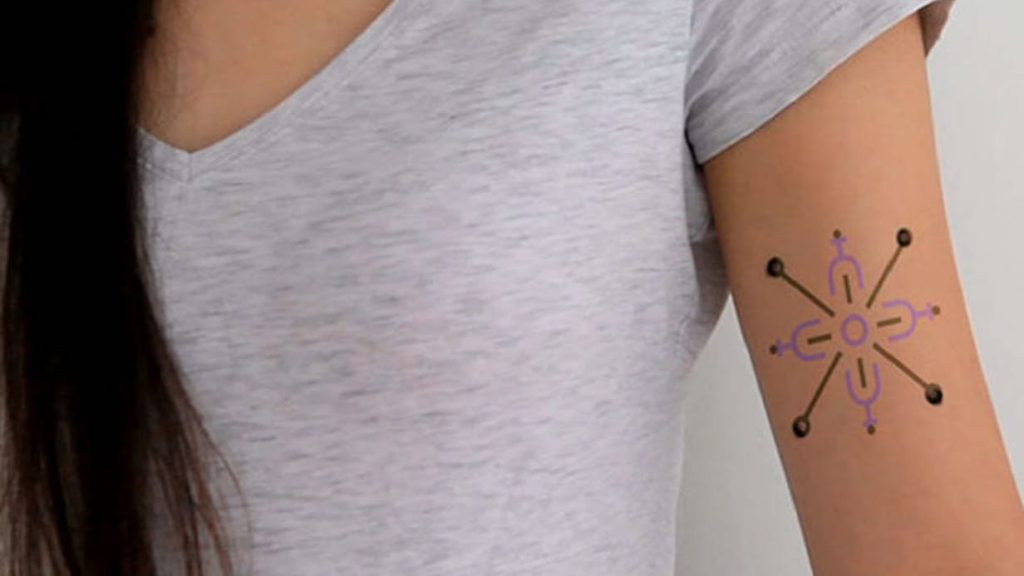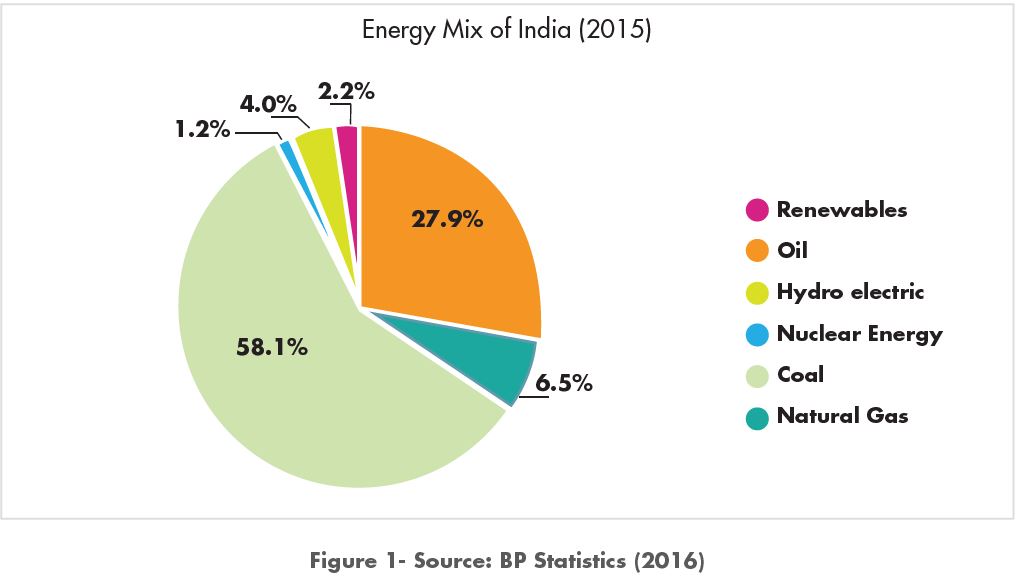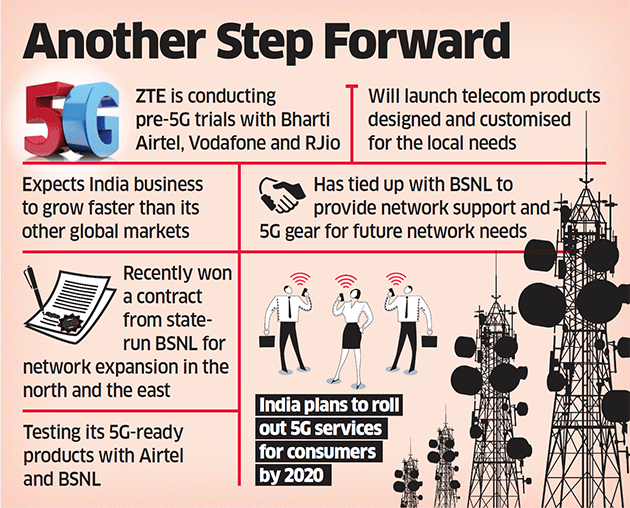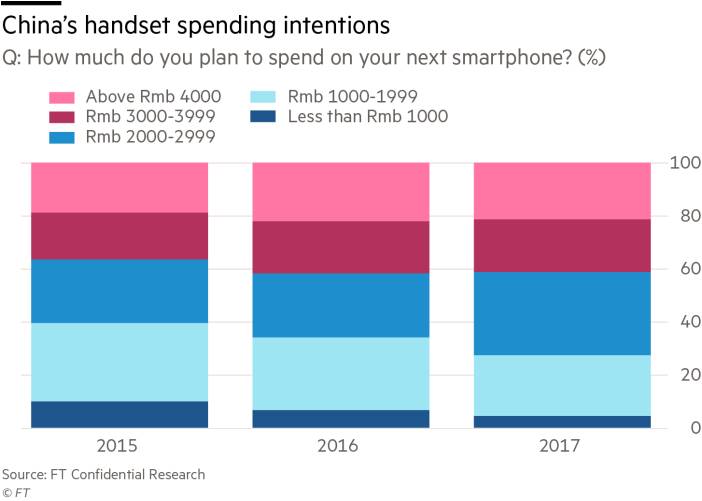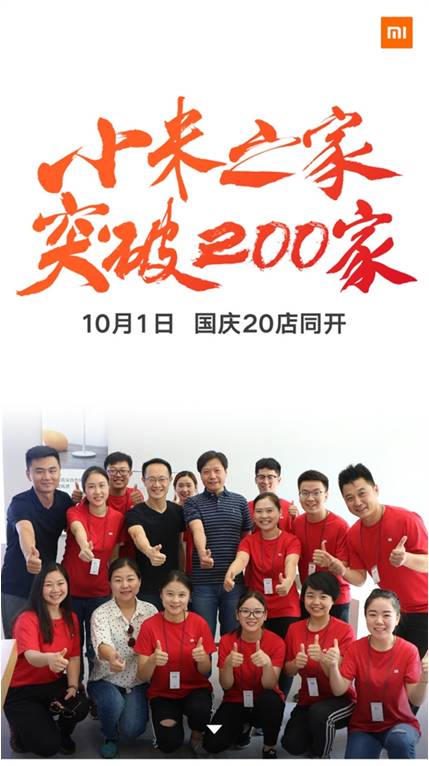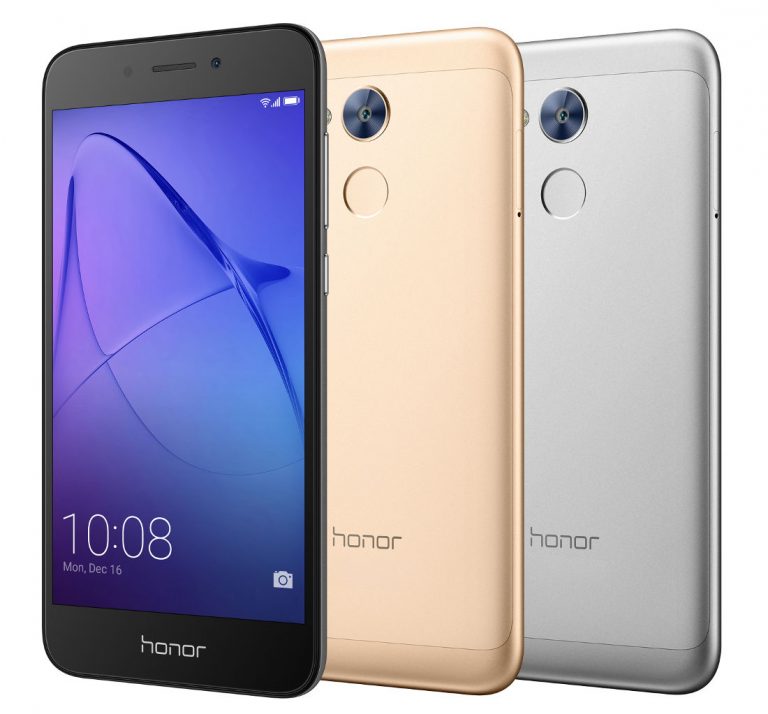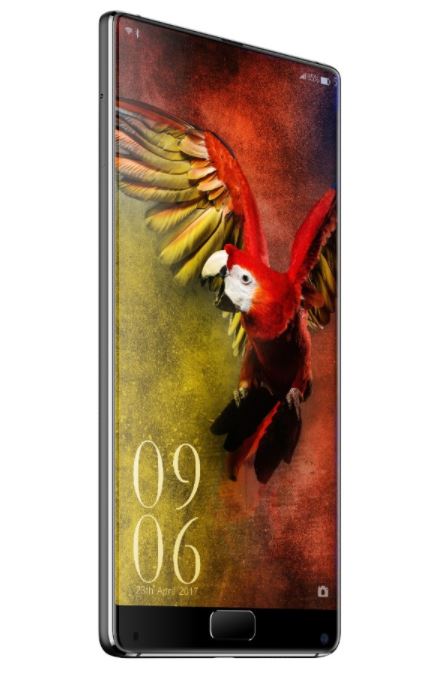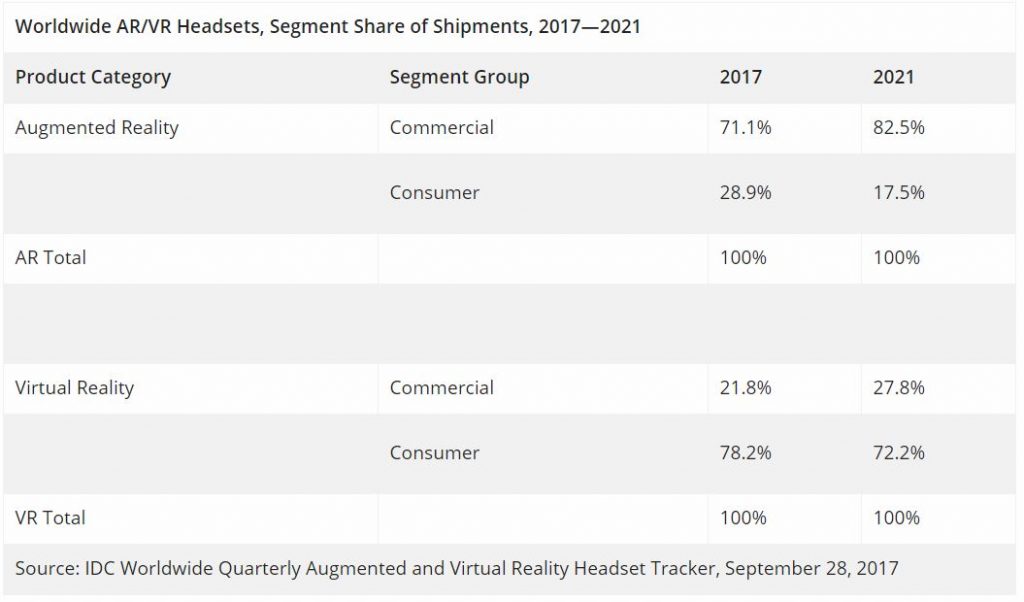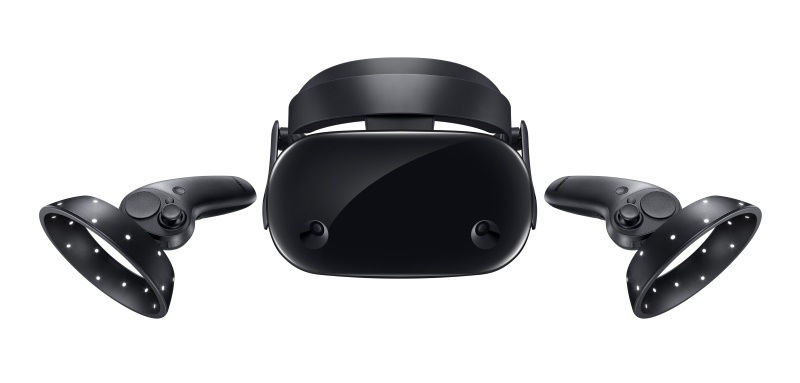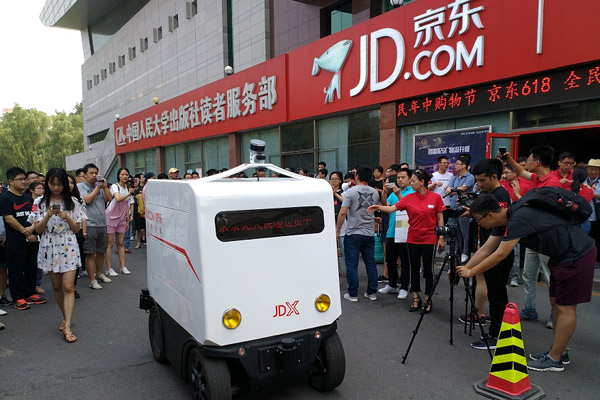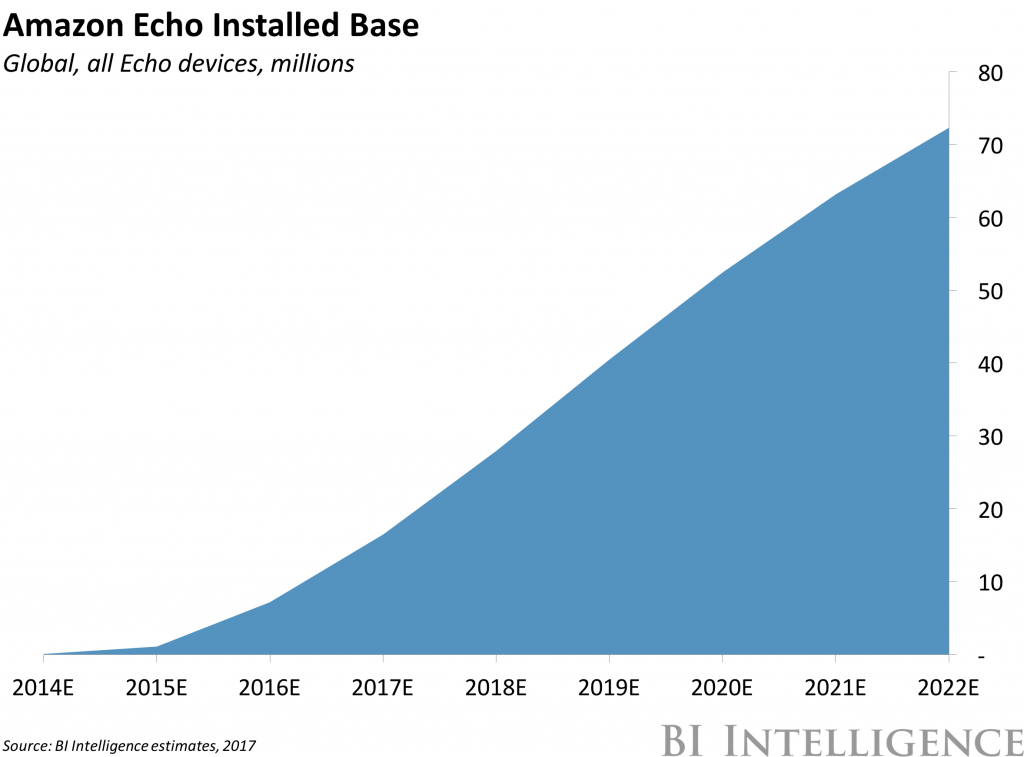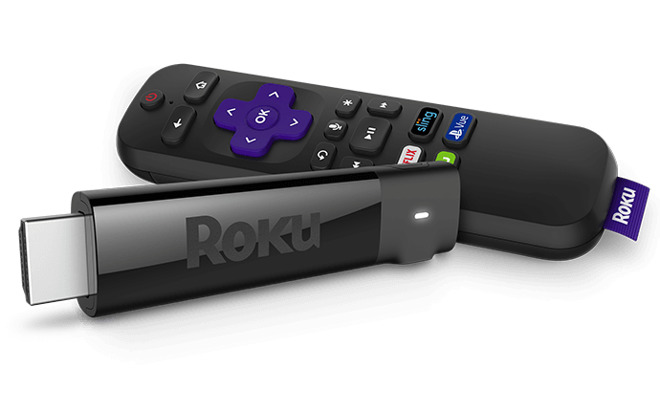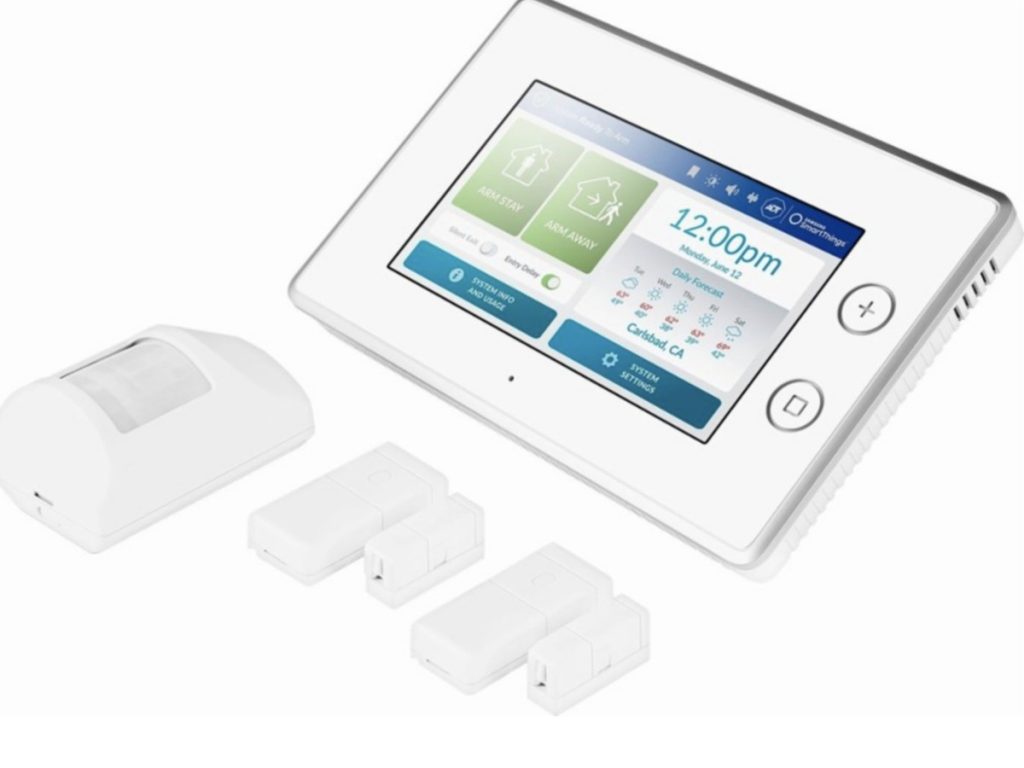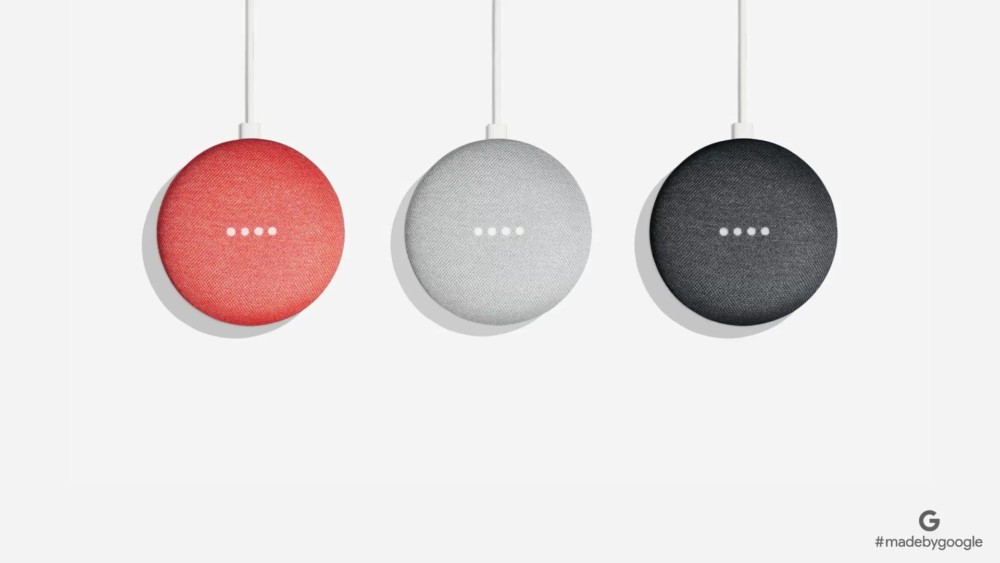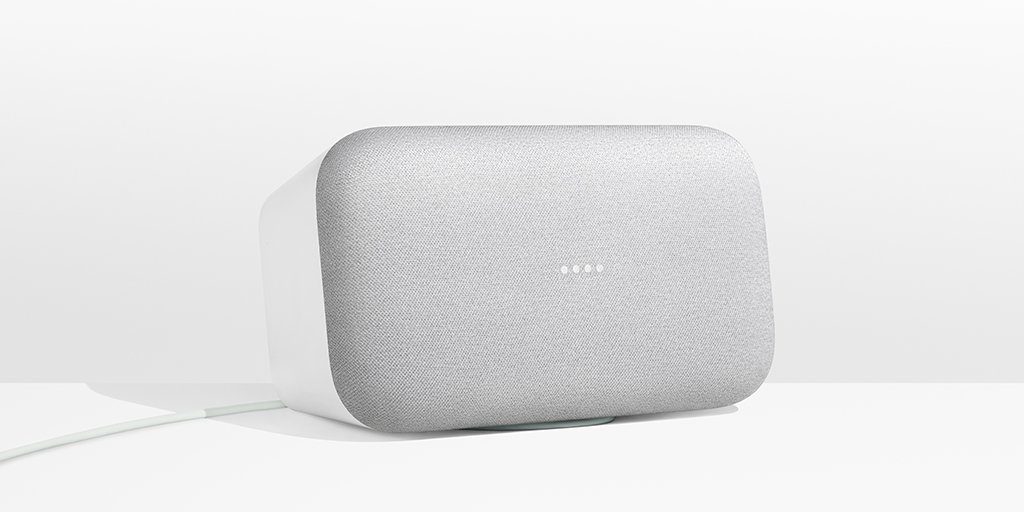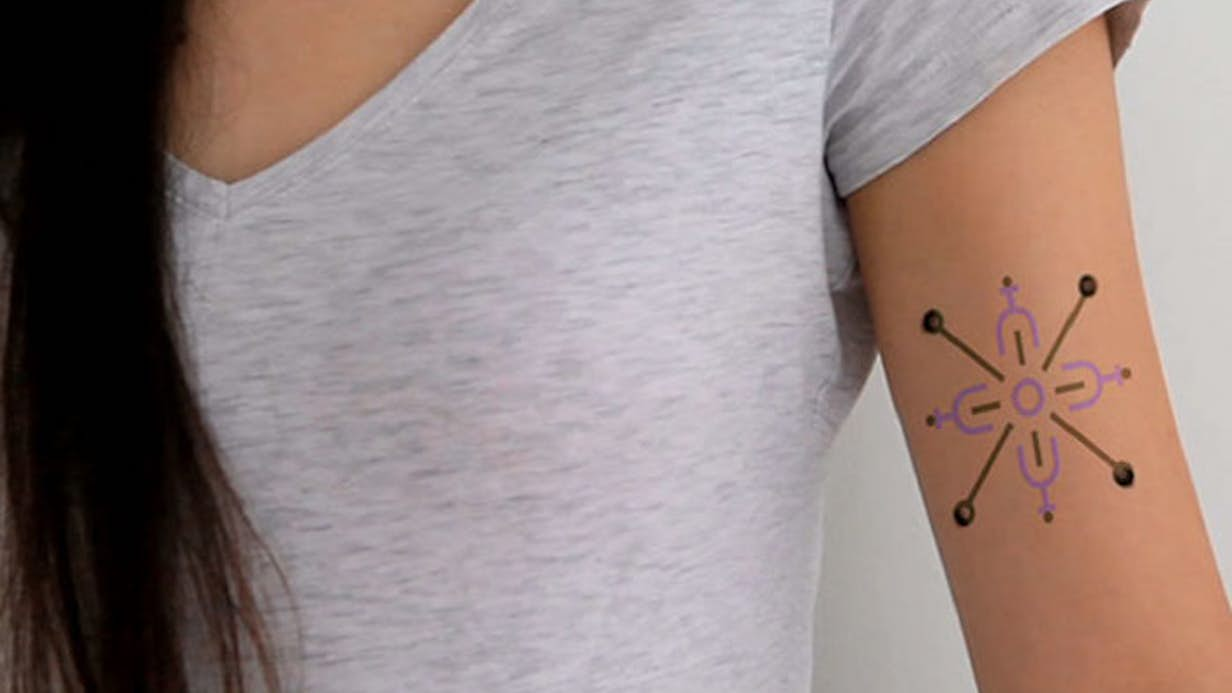
10-04 Happy Mid-Autumn: Google announced a series of new products; ZTE has begun pre-5G tests in India; etc.
Chipsets
Taiwan Semiconductor Manufacturing Co. (TSMC) will build the world’s first 3nm fab in the Tainan Science Park in southern Taiwan. TSMC has previously said, however, that it plans to build a 3nm or 5nm facility as soon as 2022, a date that factors in potential delays. (EE Times, Apple Insider, ESM China)
LG Electronics may be developing two new chips meant to power Android smartphones called KROMAX and EPIK, with LG recently filing to trademark these two terms in Europe, as evidenced by its applications published by the European Union Intellectual Property Office (EUIPO). (Android Headlines, Phone Arena, Recode, Digital Trends, iFeng)
Touch Display
According to IDC, vendors will ship a total of 121.7M wearable devices this year, marking a 16.6% increase from the 104.4M units shipped in 2016. The wearables market is forecast to maintain this pace of growth with shipments reaching 229.5M units in 2021, resulting in a five-year compound annual growth rate (CAGR) of 17.2%. PMOLED vendors such as RiTdisplay and WiseChip are believed to benefit from this trend. (Laoyaoba, UDN, IDC, press)
Sensory
Harvard and MIT has developed a smart ink that could make for tattoos that monitor biometrics like glucose levels, and change color as a result. Currently, bodily biomarkers can be monitored through a wardrobe-load of wearables, but they usually need batteries for power and wireless communication systems to transmit data. Using biosensitive inks (bio-inks), the Harvard and MIT design is self-contained, and since it works on simple chemical reactions it doesn’t require power for any data processing or transmission. (CN Beta, Engadget, New Atlas, ACM)
Battery
Nearly 304M Indians do not have access to electricity, accounting for about 25% of the global population living without power, according to NITI Aayog, a government think-tank. Several of these are in rural areas, where state power retailers are reluctant to supply electricity as returns fall below the investment made in infrastructure. (CN Beta, Bloomberg, NITI Aayog, report)
Connectivity
Chinese telecom gear maker ZTE said it has started conducting pre-5G trials with India’s top telcos such as Bharti Airtel, Vodafone India and Reliance Jio, and plans to design and develop future technologies, including 5G, in the market that is among the world’s largest by user base. (GizChina, Economic Times, First Post, CNR, Xinhuanet)
Smartphones
According to Counterpart Research, Samsung is expected to be the supplier of USD110 in parts per Apple iPhone X, including the display, chips, batteries, and capacitors from Samsung itself and an assortment of Samsung affiliates. The Galaxy S8 has USD202 in Samsung-supplied parts. Through the summer of 2018, Counterpoint expects 130M iPhone X sold, with 50M Galaxy S8. (Apple Insider, WSJ, Mac Rumors, Sohu, CN Beta)
According to a survey conducted by FT Confidential Research, Huawei has for the first time beaten Apple to the top spot for what smartphone buyers in China are intending to purchase. Overall, the proportion of people saying they would buy an iPhone as their next phone dropped to 24.2% in Sept 2017, compared with 25.8% at the time of the iPhone 7 launch in 2016 and 31.4% in 2015. Huawei was the top choice, with more than 31.4% of respondents opting for this brand. (Financial Times, Fortune, article, CN Beta)
India’s ambitions to become a smartphone-making powerhouse are reportedly foundering over a lack of skilled labor and part suppliers along with a complex tax regime. Prime Minister Narendra Modi has championed a manufacturing drive, under the slogan ‘Make in India’, to boost the sluggish economy and create millions of jobs. Among the headline-grabbing details was a plan to eventually make Apple iPhones in India. (CN Beta, Reuters, First Post)
Xiaomi has added 20 new stores to its growing chain of Mi Home brick and mortar stores in China. With this new development, Xiaomi has hinted that the total number of Mi Stores in China has crossed the 200 stores mark. (Gizmo China, Sohu)
India has given Chinese smartphone maker OPPO the go-ahead to open its own single-brand retail stores. The approval itself was given in the context of India’s wider efforts to attract more major companies to the country, not just in terms of their commercial presence but also manufacturing operations. (CN Beta, Reuters, Android Headlines)
Huawei Honor Holly 4 (rebranded Huawei Honor 6A) is announced in India – 5” HD display, Qualcomm Snapdragon 430 processor, 13MP PDAF + 5MP cameras, 3GB RAM, 32GB storage, Android 7.0, 3020mAh battery, INR11,999. (Giz China, NDTV, GSM Arena)
Elephone S8 is launched – 6” QHD+ 2560×1440 display, MediaTek Helio X25 processor, rear 21MP + front 8MP cameras, 4GB RAM, 64GB ROM, Android 7.1, 4000mAh battery, USD237. (GizChina, Ali Express)
Google Pixel 2 and Pixel 2 XL are announced, equipped with Qualcomm Snapdragon 835 MSM8998 processor, rear 12.3MP PDAF + front 8MP cameras, 4GB RAM, 64 / 128GB storage, Android 8.0, IP67 certified: Pixel 2 – 5” FHD AMOLED display, 2700mAh battery, USD650. Pixel 2 XL – 6” 1440×2880 P-OLED display, 3520mAh battery, USD850. (Android Authority, Android Central, Google, GSM Arena)
Wearables
IDC is forecasting the combined augmented reality (AR) and virtual reality (VR) headset market to reach 13.7M units in 2017, growing to 81.2M units by 2021 with a compound annual growth rate (CAGR) of 56.1%. VR headsets will account for more than 90% of the market until 2019 while AR will account for the rest. (IDC, press, Laoyaoba)
Quanta Computer, Inventec as well as the ASE group’s Universal Scientific Industrial (USI) and the Foxconn group’s Shunsin Technology and Luxshare-ICT, are expected to see strong growths for their wearable product operations in the fourth quarter thanks to rising sales for Apple’s AirPods and Watches, according to sources from the upstream supply chain. (Digitimes, press, Laoyaoba, CECB2B)
Google has announced a limited beta program for Android Wear, allowing its flagship smartwatch, LG Watch Sport, to test out some upcoming features based on Android 8.0 Oreo. (Android Central, Google, 163)
Samsung and Microsoft have teamed up to release a new VR headset, the Samsung HMD Odyssey, which boasts two 3.5” 1400×1600 OLED display with FOV 110º, built-in microphones, position sensors and AKG headphones. It is priced at USD499. (Android Headlines, NDTV, New Atlas, Samsung, TechNode, iFeng)
Snap CEO Evan Spiegel said that the company sold over 150,000 units Spectacles glasses since released in Nov 2016. (Android Headlines, Vanity Fair, CNBC)
Google debuted new wireless earbuds, dubbed Pixel Buds that are built to be used with Pixel smartphones. The Pixel Buds have a wire connecting the two earpieces. Pixel Buds are priced at USD159. (GSM Arena, The Verge, Ars Technica, ZOL, 163)
Microsoft announced that it has acquired social VR app AltspaceVR. The virtual reality social networking app allows users across headset and web platforms to join 3D chat rooms to play games, watch videos and attend events. (CN Beta, The Verge, TechCrunch)
Internet of Things
Jingdong (JD.com) has officially announced that it has entered partnerships with two of China’s automakers SAIC Maxus and Dongfeng Motor Corporation to develop what would be the country’s first unmanned delivery vans. (Gizmo China, China Daily, Caixin, Sina)
Google is reportedly preparing an Google Assistant-powered device with a large display to take on Amazon Echo Show. Its codenamed “Manhattan” and will have a 7” screen size similar to that of Echo Show. (Android Authority, Business Insider, TechCrunch, 36Kr)
Roku has announced a new lineup of video streaming devices and software, led the by Streaming Stick+, an upgraded version of its portable player with support for 4K resolution and high dynamic range (HDR). (Apple Insider, Roku)
Samsung has announced that it will be partnering with ADT to offer its own SmartThings security system, including main Security Hub, 2 sensors for windows and doors, 1 motion detector, carbon monoxide detectors, fire alarms, water leak sensors, etc. (Android Central, Best Buy, CN Beta)
Google Home Mini is officially launched, which is a smaller version of the original Google Home smart speaker. The Home Mini is covered in a new fabric-like material that was developed specifically for it. It is priced at USD49. (Android Authority, GSM Arena, ZOL, Sina)
Google Home Max is announced, equipped with two 4.5” woofers with high-excursion, to really boost those low frequencies. Two custom 0.7” tweeters complete the package. It’s 20 times louder than the initial Google Home. Max uses Smart Sound, powered by Google’s AI. It is priced at USD399. (GSM Arena, Apple Insider, The Verge, TechCrunch, Sina)
